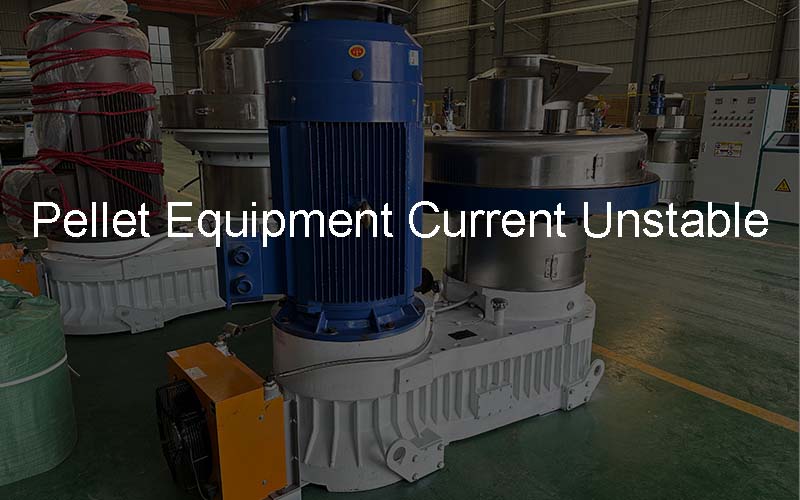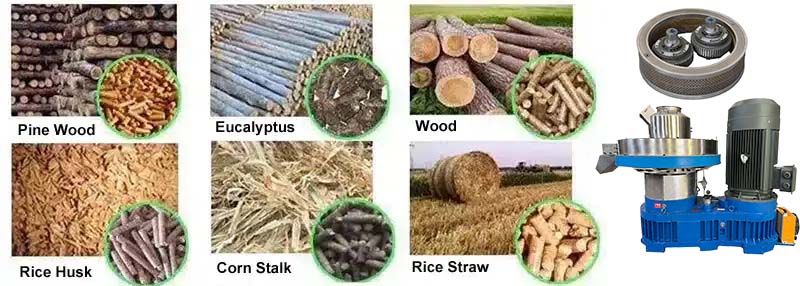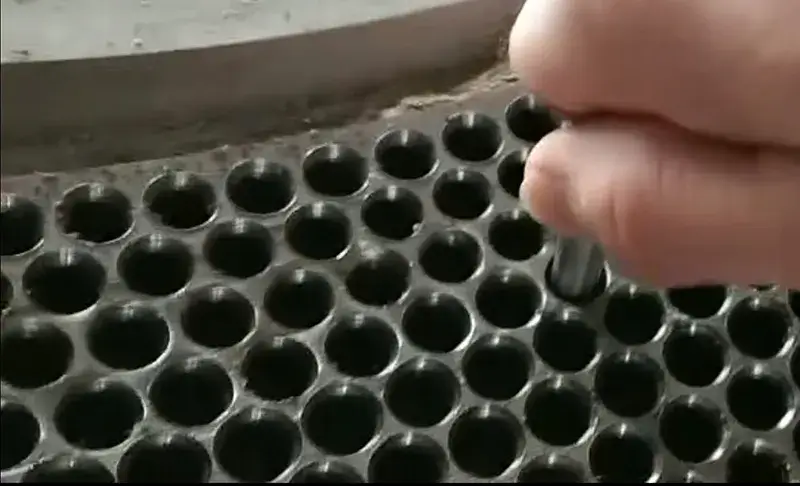
6 Factors Affecting Pellet Equipment Current Unstable and Solution For Them
Pellet mill is an important device used in biomass fuel pelletization. Its performance directly affects the efficiency and quality of pellets. Since this device is a complex control object with non-linearity, strong coupling, large time lag and multiple variables, current must be accurately controlled around the desired value in order to obtain finished pellets of stable quality and maximize production efficiency. The following are specific causes for unstable currents in a biomass pellet equipment, along with some solutions.

Reasons for unstable biomass pellet equipment current
1、Pellet mill ammeter own fault, equipment configuration problems, power supply voltage has fluctuations can also lead to the instability of the current.
2、The raw material contains hard impurities, such as iron chips or stones and other debris. When the pressure roller rotates to the position containing iron chips and other impurities, the squeezing pressure of the equipment will increase sharply, and the current will suddenly become larger, and the current will drop after this position, which will cause the biomass pellet mill current to be large and small, making the machine energy consumption increase and capacity decrease.
3、The pressure roller ring die gap adjustment is too large or too small, the degree of wear and tear of the equipment, indirectly increasing the resistance, fixed voltage can not carry the equipment, so that the current will be reduced, affecting the normal productivity.

4、The pellet machine dividing knife wears severely and divides the material unevenly. If the material is not evenly divided, causing the pellet equipment pressure roller to eat material unevenly, the same will cause the current to be large and small.
5、When the feeding volume is greater than the output of the material, that is to say, there will be part of the material left inside the pellet equipment, the pellet machine operation will inevitably be processed on this part of the material, so the machine energy consumption increases, the current becomes large. And when the amount of feed is too small, the current is stable, but the capacity is reduced, wasting energy.
6、Pellet mill pressure roller bearing failure, ring die installation is not in place, holding hoop installation is not in place, strengthening ring installation is not in place, wear ring wear serious, etc., will cause the working current fluctuations.
Solution for Pellet Equipment Current Instability
1、Check whether the pellet mill ammeter wiring is detached, or whether the ammeter is broken, replace or adjust the ammeter.
2、Before the production of pellet machine feed, the raw material should be screened to remove large pieces, and do a good job of removing iron and debris.
3、Uniform feeding volume is the key to control. You can add a frequency controller to control the feeding, and to ensure that the main motor works at rated current and does not produce blockage.
4、Regularly check the wear and tear of the pellet maker dividing knife, you should replace the worn dividing knife in a timely manner.
5、The current of biomass pellet maker should be controlled according to the specified load, and absolutely no long time overload production, which is the main cause of equipment damage.
6、Shutdown inspection, replacement of faulty parts, reasonable adjustment of the pressure roller ring die gap. Pay attention to the normal production of biomass pellet equipment current fluctuations, abnormalities found in time to stop the inspection.
Conclusion
The current instability is very common in pellet mill production, the stability of the pellet equipment current will be directly related to the stability of the operation of the pellet equipment, production value and service life, it is recommended that we should regularly check the equipment and do a good job of maintenance and repair of the pellet equipment in time.
Talk to An Expert
SHARE THIS POST
Talk to An Expert
